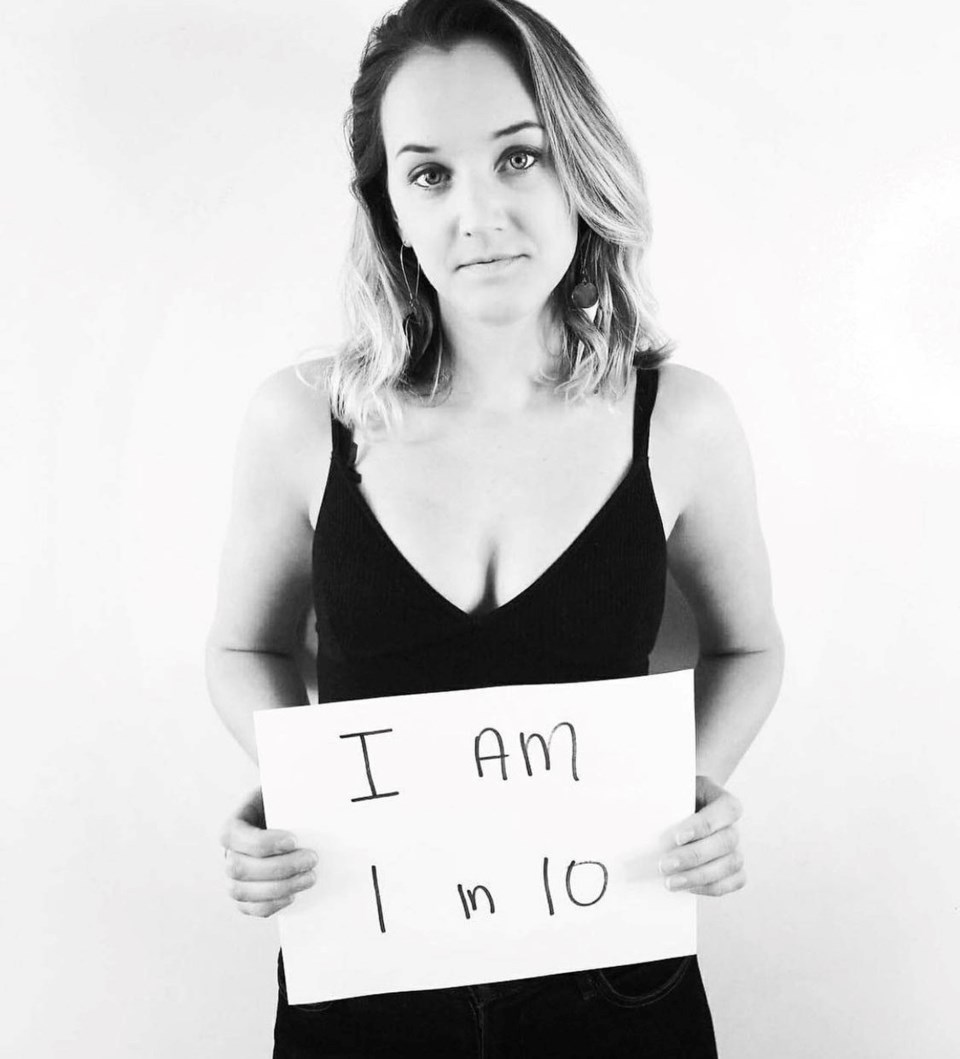March is the herald of many things, such as Fool's Spring, Winter II and False Spring.
It is also Endometriosis Awareness Month, and according to the Endometriosis Network Canada, “In their lifetime, approximately one in 10 girls and women, and unmeasured numbers of transgender, non-binary and gender diverse individuals, will develop endometriosis.”
While the causes aren’t completely understood, endometriosis is a condition where tissue similar to the lining of the uterus grows outside of the uterus in the form of lesions, cysts or other growths. They can grow on the ovaries, fallopian tubes, the outside of the uterus and other organs in the abdomen, and in rare cases, on other organs throughout the body.
Not typically deadly, it can still cause heavy periods and irregular bleeding, significant abdominal pain and difficulty getting pregnant. There is no cure, but treatment options are available.
Still basically a damn horrible time.
And while I have no first-hand experience, I've seen friends struggle with this condition and my remaining quietly apathetic would only further the problem.
They’ve told me that many endure endometriosis unknowingly or in silence, told by much of society and pop culture that their period is simply supposed to be a horrible time and so this must be normal.
They grapple to find answers, and even then, struggle with the system when seeking diagnosis and treatment.
A friend seeing a specialist was even ridiculed by a colleague for the frequency of her appointments.
A 2018 study out of Manchester Metropolitan University found women had to battle for accurate diagnoses and struggled to maintain personal and work lives whilst dealing with the long-term pain, often avoiding social engagement or discussing with family and friends.
Much of this comes down to a lack of awareness and consequently a lack of research around women's health, or impetus to research it.
The problem doesn’t stop below the belt either.
A friend in her early 50s suffers from a vascular condition only researched in elderly white men where her artery walls are abnormally susceptible to rupture.
As an otherwise fit woman, she had trouble finding a cardiologist willing to offer treatment or even a diagnosis for something that can kill her tomorrow, on the basis that she is not an old white man.
This condition was only discovered when she had a heart attack 10 years ago. Then, she was almost turned away from the ER because the difference in heart attack symptoms for women wasn’t widely recognized.
According to the Canadian Heart and Stroke foundation, 53 per cent of women who experience heart attack symptoms have them go unrecognized, and two thirds of all heart disease and stroke clinical research is based on men.
I've listened to old-fashioned tomfoolery from folks who expect me to be completely terrified of even discussing menstruation, but women suffer or die needlessly when their health problems are stigmatized or unrecognized to the extent they have been in the past.
While it can be weird and awkward to discuss this problem, it would be worse to not.
Anyone wanting to get informed can visit endometriosisnetwork.com.




